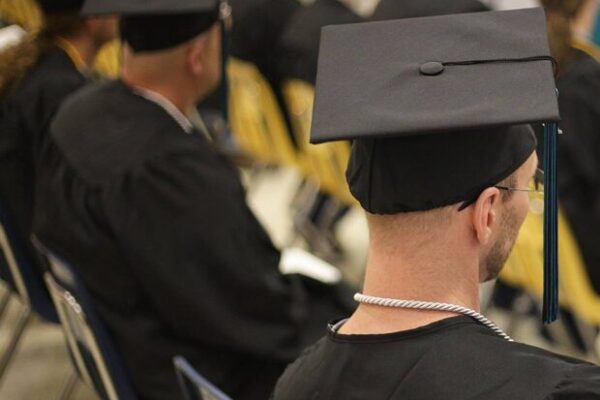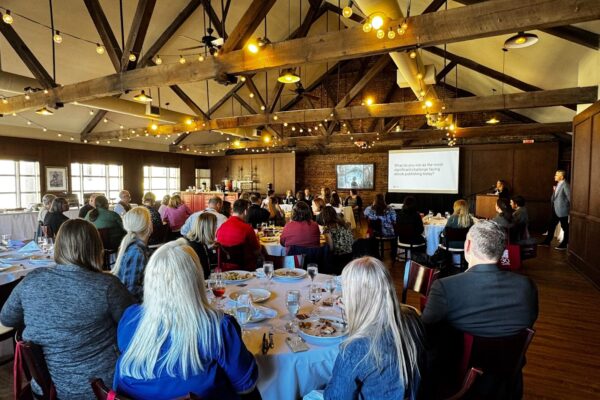As spring settled in, April’s additions to JSTOR invited us to slow down and pay attention to silences in landscapes, persistence in protest, and the courage it takes to share a vulnerable story. This month’s collections revealed the depth of human experience in unexpected ways. They offered glimpses of solidarity in labor movements, joy in artistic expression, and dignity in the voices of those too often unheard.
Book of the month (on its way to open): A Blueprint for Worker Solidarity
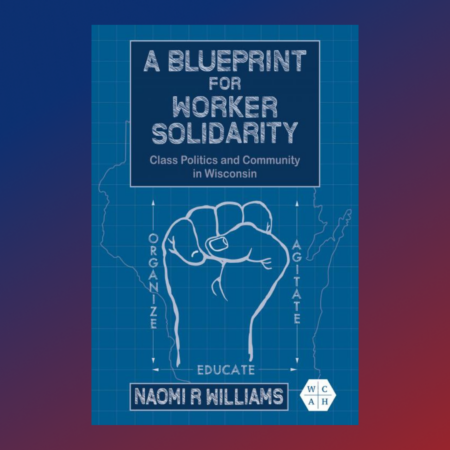
Our April pick from JSTOR’s Path to Open program is A Blueprint for Worker Solidarity: Class Politics and Community in Wisconsin by Naomi R. Williams, published by University of Illinois Press.
Focusing on Racine, Wisconsin in the 1970s and 1980s, Williams explores how workers, unions, and neighborhood organizations built lasting coalitions in response to economic shifts. The book weaves together labor history and local activism to show how solidarity was built in communities.
The book is available now to participating institutions and will become open access in 2028.
Learn more about Path to Open.
Reveal Digital: Voices from inside

April was also Second Chance Month, and we spotlighted the open access American Prison Newspapers collection from Reveal Digital.
With more than 700 periodicals written and edited by incarcerated individuals across two centuries, this archive provides an unfiltered, powerful lens into the U.S. prison system—offering journalism, critique, creativity, and community from within.
Shared collections: Storytellers, scholars, and scenic views

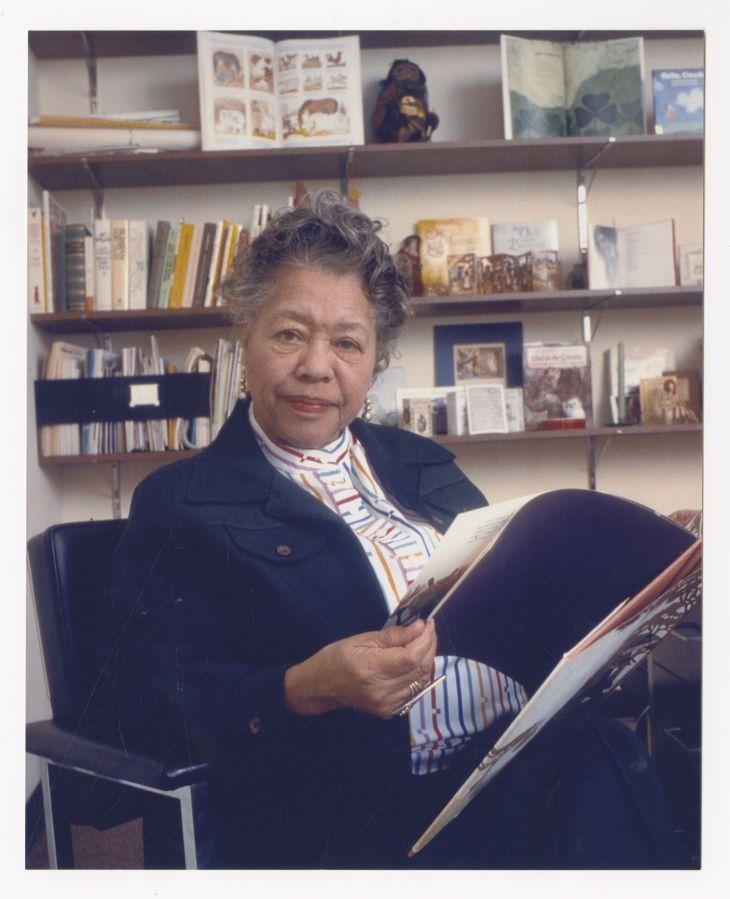
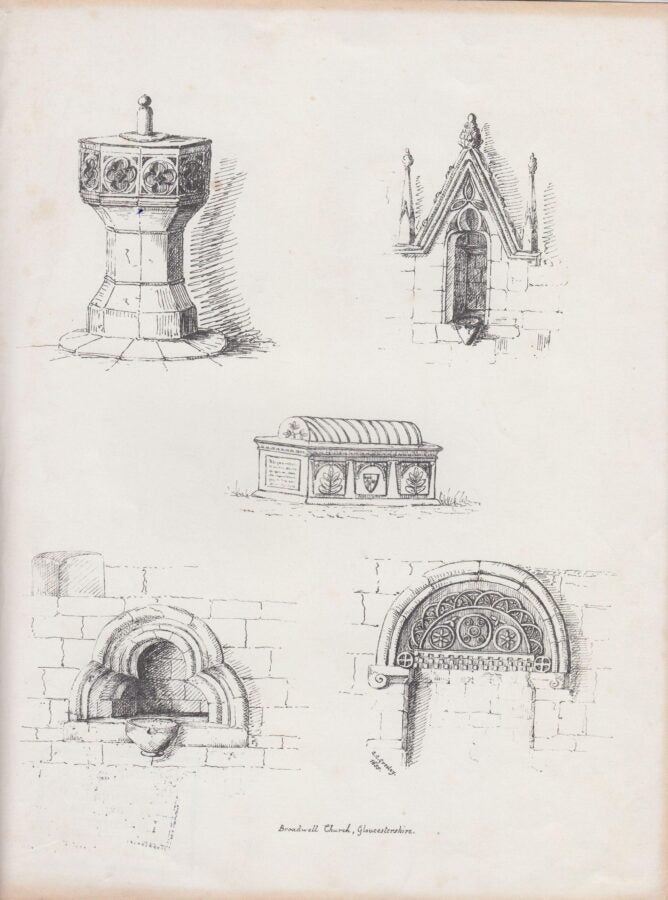
Augusta Baker Papers
One of the most influential figures in American librarianship, Augusta Baker spent her career championing positive representation in children’s literature. She mentored authors and even consulted for Sesame Street, building a legacy that shaped generations. This new collection from the University of South Carolina honors her life and work through letters, artwork, and archival photographs.
James Wilson Bright Rare Books Collection
This collection from Goucher College spans early English language history, with highlights like An Alvearie or Quadruple Dictionarie from 1580. Used for decades in teaching Middle and Early Modern English, these rare books are now available to browse on JSTOR.
Views of England and Wales
Over 2,000 digitized prints, drawings, paintings, and photographs trace the landscapes and architecture of England and Wales from the 17th to 20th centuries. Featuring detailed scenes from Gloucestershire and Yorkshire, many works in this collection from the University of Leicester include historical annotations for deeper context.
Audiovisual archives: Poetry and plants
Samaa Abdurraqib on poetic vulnerability
In a powerful interview, Abdurraqib reflects on returning to writing, the influence of her mother and Toni Morrison, and the courage it takes to share her voice. Her interview is part of the Maine Artist Interviews collection from Lights Out Gallery and Colby College.
Tuskegee greenhouse footage
Archival footage from Tuskegee University captures a quiet moment of experimentation by George Washington Carver and Dr. Walter G. Crump, as they explore plant cross-pollination. The legacy of their agricultural research still grows.
April’s collections remind us that history lives in newsletters passed among classmates, poetry whispered to the self, and strategies outlined on union hall bulletin boards. It grows in greenhouses and libraries and flourishes when preserved and shared.
We’ll be back in May with more to uncover.

